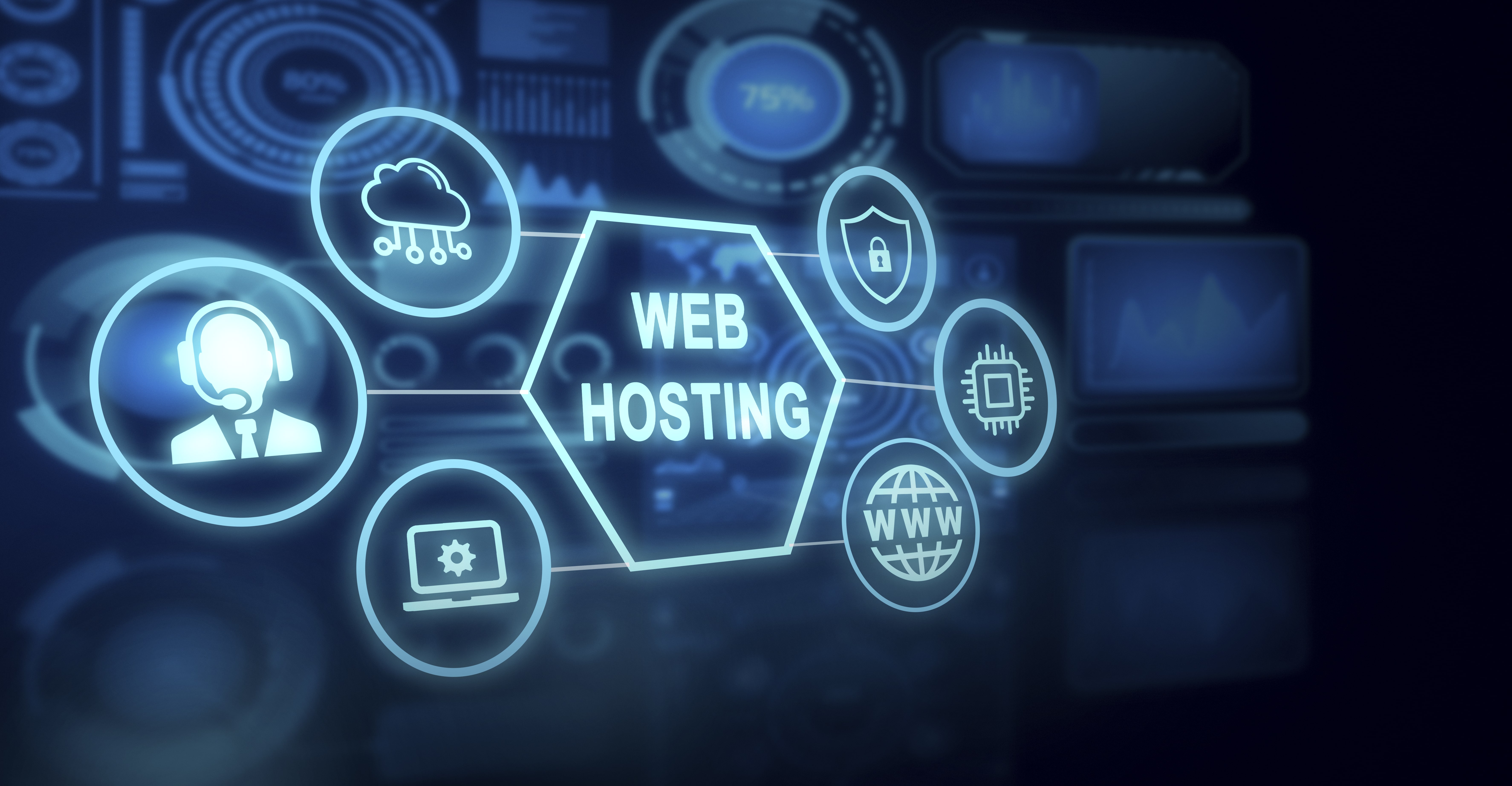info@sadi.co.ke
+254727368241
As digital experiences become more demanding, businesses can no longer rely solely on centralized servers. Edge hosting is redefining performance in 2025 by moving data and applications closer to the user, reducing latency, and enhancing speed like never before.
1. What Is Edge Hosting?
Edge hosting distributes content and computing power across multiple edge locations worldwide. Instead of routing every request to a central server, it delivers data from the nearest edge node, drastically cutting response times.
2. Why Edge Hosting Matters in 2025
Ultra-low latency: Essential for gaming, live streaming, and real-time applications.
Scalability: Easily supports growing global audiences without overloading central infrastructure.
IoT and 5G readiness: Edge hosting ensures devices interact with minimal delay, making it critical for smart cities and connected technologies.
Enhanced security: Decentralized architecture helps reduce vulnerability to large-scale DDoS attacks.
3. Key Industries Benefiting from Edge Hosting
E-commerce: Faster load times mean higher conversions.
Healthcare: Supports remote monitoring and real-time telehealth solutions.
Finance: Enables high-speed, secure transactions.
Media & Entertainment: Improves streaming quality and reduces buffering.
4. Challenges Ahead
Despite its benefits, edge hosting requires significant infrastructure investments and robust network management. Businesses must also ensure compliance with data regulations across multiple regions.
Final Thoughts
Edge hosting is not just about speed—it’s about creating reliable, future-proof digital experiences. As businesses strive to deliver seamless global services, adopting edge hosting in 2025 will be a strategic move to stay competitive in the digital-first economy.
 August 26, 2025 - BY Admin
August 26, 2025 - BY Admin